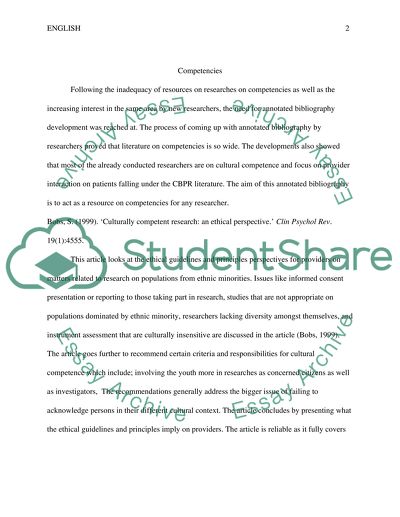Cite this document
(Cultural Safety and Cultural Competency on Aboriginal People Research Paper, n.d.)
Cultural Safety and Cultural Competency on Aboriginal People Research Paper. Retrieved from https://studentshare.org/culture/1447817-competencies
Cultural Safety and Cultural Competency on Aboriginal People Research Paper. Retrieved from https://studentshare.org/culture/1447817-competencies
(Cultural Safety and Cultural Competency on Aboriginal People Research Paper)
Cultural Safety and Cultural Competency on Aboriginal People Research Paper. https://studentshare.org/culture/1447817-competencies.
Cultural Safety and Cultural Competency on Aboriginal People Research Paper. https://studentshare.org/culture/1447817-competencies.
“Cultural Safety and Cultural Competency on Aboriginal People Research Paper”, n.d. https://studentshare.org/culture/1447817-competencies.


